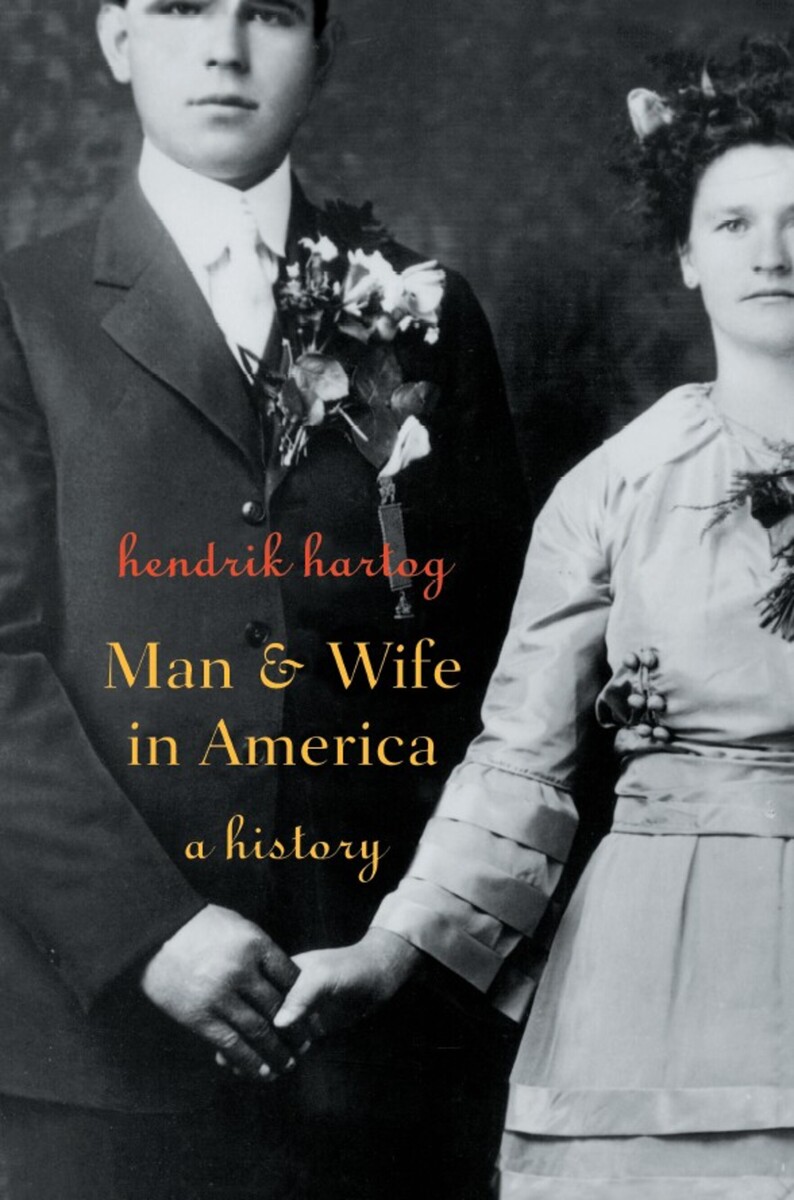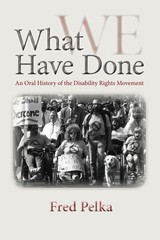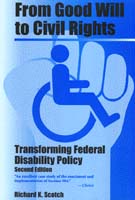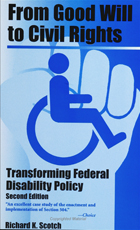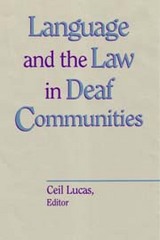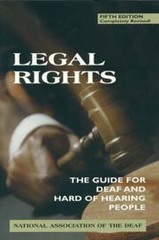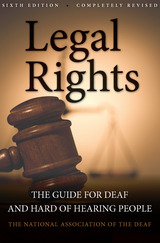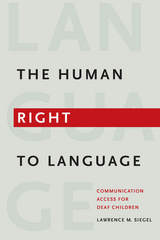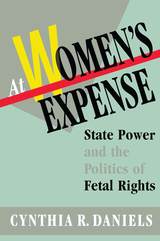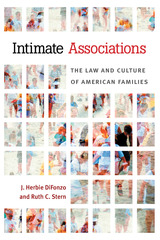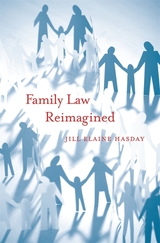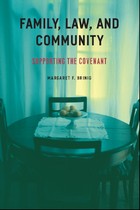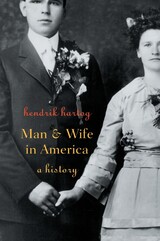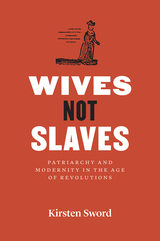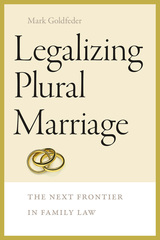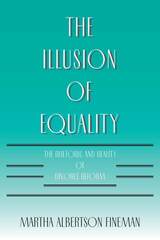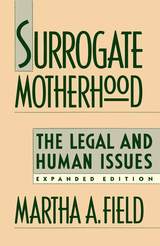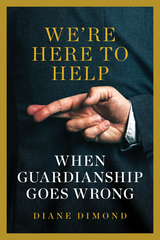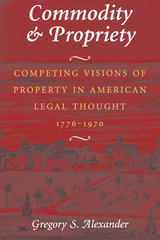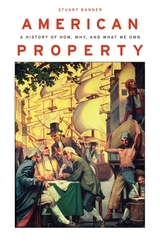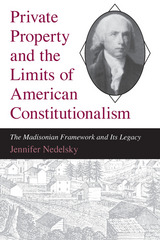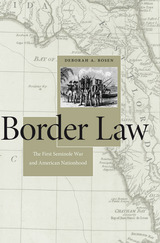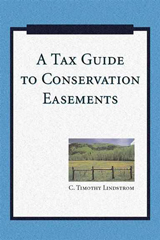Hendrik Hartog offers a revealing history of marital and legal struggles. The fascinating case histories scattered throughout personalize [his] larger legal and social points.
-- Carolyn Alessio Chicago Tribune
Hendrik Hartog’s book is particularly relevant in an era when debate over gay marriage is front-page news. The issues raised by this debate—the rights, responsibilities, and expectations of what marriage is and can do for individuals as well as constraints imposed by the marriage contract—are at the heart of the book, even though it is focused on traditional male/female marriages from the late eighteenth century to the 1950s… The volume is a very readable, well-written addition to the literature on legal history, family history, and women’s history. Hartog’s emphasis on the social and cultural context of changing marriage law is refreshing whether one agrees that women frequently benefited from coverture and traditional notions about marriage or not… [T]his book will bring the legal history of marriage to a larger audience of non-specialist academics and students.
-- Altina Waller American Historical Review
In addressing the history of marriage and divorce in America, Hendrik Hartog…[has] raised the bar for legal historians to dizzying heights… Man and Wife in America asks how nineteenth-century law shaped men and women’s understanding of the meaning of marriage and their self-identities as husbands and wives… Hartog’s focus, however, is on separation—a limbo between marriage and divorce—as a starting place to explore the law of marriage… [He] offers a more complicated, less-easily categorized, narrative.
-- Felice Batlan H-Net Reviews
This is a bold and provocative book, and although its principal themes are not novel, the idiosyncratic way in which Hartog develops them is… The boundlessness of Hartog’s research design together with the vastness of his chronological sweep would pose a serious problem in less able hands. For Hartog, however, both the boundlessness and vastness are part of his method. His frank denial of system in his scholarship with its echoes of postmodernism coincides nicely with one of his principle points: the untidy and indeterminate nature of American marriage laws… Hartog’s effort to recast the story of marriage law by underscoring its exceptions and complications is both interesting and important and is rendered with verve and imagination. The book is provocative and engaging; it should attract students as well as scholars; and it should become an integral part of scholarly discourse on Anglo-American marriage law and its long and controversial history.
-- Norma Basch Reviews in American History
Hartog, a history and law professor, examines the most basic social institution from a legal standpoint. He reviews important, precedent-setting cases that have formed American law on marriage and also examines the social context that produced the laws… Hartog charts the changes in law from the time when a woman’s legal identity derived from her husband to no-fault divorces and economic and social (e.g., feminism) trends in this interesting look at the legal institution of marriage.
-- Vanessa Bush Booklist
By locating and exploring the legal boundaries of marital behavior…Hartog is also able to say much about the social and economic context of marriages… Further, Hartog writes with great clarity and directness. The net result is that he has made a major contribution to the history of the American family with a book that, besides its scholarly excellence, is highly accessible to general readers.
-- R. B. Lyman Jr. Choice
Mining more than a century of case records, Hartog has written a book that will be an essential purchase for upper-level academic collections in legal or gender history.
-- Robert F. Nardini Library Journal
No one has done more than Hendrik Hartog to illuminate what it meant to be a husband or a wife in the nineteenth century. Wearing his immense and unique knowledge lightly, he ventures imaginatively into case after poignant case of marital escapade and contest, and makes this vivid landscape of struggling couples all the more meaningful for the present by revealing how the presence of law creeps into the most intimate corners of lives.
-- Nancy Cott, author of Public Vows: A Political History of Marriage in the United States
Man and Wife in America is a truly wonderful work. No one knows this subject as well as Hartog, and probably no one ever will. The result is a uniquely large and valuable contribution. One learns a great deal about cultural values, class relations, and gender, while meeting a host of striking characters. All in all, a magnificent achievement!
-- John Demos, author of The Unredeemed Captive: A Family Story From Early America
Hendrik Hartog is one of our most subtle and insightful legal historians, and a master storyteller. Man and Wife in America argues a stunningly original view of the meanings of marriage in the 19th century. A work of history that reads like a novel.
-- Linda Gordon, author of The Great Arizona Orphan Abduction
Hartog gives the tangled subject of broken marriages a rich and instructive history. Through fascinating tales about men and women whose failed marriages led them to the law, he makes a major contribution to our understanding of American culture, past and present. Man and Wife in America is a compelling and important achievement that deserves a wide readership.
-- Michael Grossberg, Editor, American Historical Review
Hartog illuminates the deep puzzles of the law of marriage, which effects more people, more profoundly, than any other field of law. Wise, imaginative, and learned, Man and Wife in America brings to life the marital conflicts and struggles that prompted judges to improvise solutions for unhappy spouses. Resolving mysteries about law’s practices, this book reveals the deeper mysteries of humans’ intimate connections.
-- Martha Minow, Harvard Law School
